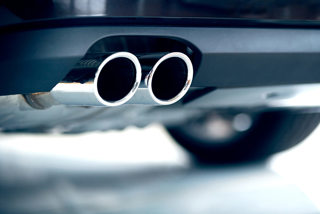The European Automobile Manufacturers’ Association (ACEA) has announced it will work with its members to assess the European Commission’s second mobility package before continue to engage with the EU institutions on this dossier.
The package includes a proposal for post-2021 CO2 targets for passenger cars and light commercial vehicles.
ACEA welcomes the fact that the date for the new targets has been set for 2030.
“This is consistent with the timings already agreed by the EU heads of states with the 2030 Climate and Energy Framework,” stated ACEA secretary general, Erik Jonnaert.
But he warns that setting an additional target in 2025 – just a few years after the 2021 targets – does not leave enough time to make the necessary technical and design changes to vehicles, in particular to light commercial vehicles given their longer development and production cycles.
The 30% reduction level proposed by the Commission is also overly challenging, going beyond the ambition level set out in the Climate and Energy Framework and in its own 2016 impact assessment, which specifies what is needed to deliver on COP21.
The European automotive industry considers a 20% reduction by 2030 for cars to be achievable at a high, but acceptable, cost.
“Clearly, CO2 targets can provide an impetus for innovation in the auto industry, but the current proposal is very aggressive when we consider the low and fragmented market penetration of alternatively-powered vehicles across Europe to date,” Jonnaert said.
Success in meeting a 2030 target will be clearly linked to the market uptake of alternatively-powered vehicles.
“Europe needs much more investment in recharging and refuelling infrastructure, before we can expect consumers throughout the entire EU to embrace such vehicles,” he added.
“A radical change in the market for alternatively-powered vehicles will of course not happen overnight. This is why focusing on a 2030 target is the best way forward. Instead of setting an interim target in 2025, it should rather be seen as a milestone year to review the progress made in reducing CO2 emissions towards 2030.”





















Login to comment
Comments
No comments have been made yet.